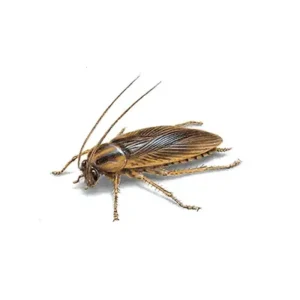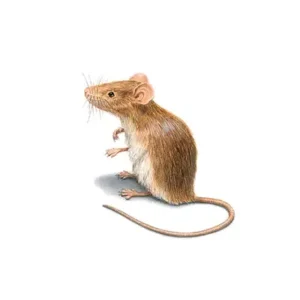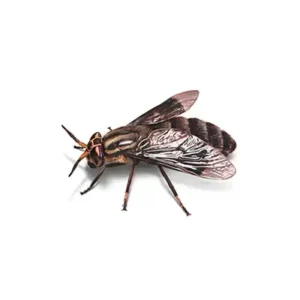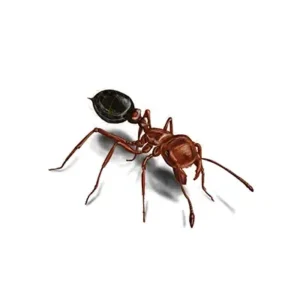Bed Bug Facts
- Size: 1/4 – 1/2 inches
- Color: Bed bugs range in color from brown to red, depending on when they last fed.
- Appearance: Flat bodies and six legs
Bed Bug Behavior
Bed bugs are parasites that are commonly found in sleeping areas of homes and hotels. They feed off of humans at night. During the day they live near the sleeping locations of their hosts. Beg bugs were virtually eliminated before 1995, but have since reemerged with the increase in world travel.
Bed bugs are small, oval, brownish parasitic insects that feed solely on the blood of animals or humans while they sleep. Right after feeding, the bug is a bright red color which gradually fades to brown as it digests the human blood. Bed bugs are born lighter in color and turn brown as they mature. Bed bugs can be quite resilient. Although they typically feed on blood every five to ten days, they are capable of surviving several months without feeding.
Bed bugs do not have nests like ants or bees, but tend to congregate together. Under favorable conditions, immature bed bugs can fully develop in as little as one month and produce three or more generations per year. They do not jump or fly but are good runners and will travel up to 15 feet for a blood meal. They are most active at night and can easily move between adjacent rooms or units via wall voids and utility chases.
4 Seasons Pest Control Options & Pricing
Florida bugs’s 4 Seasons Pest Control will treat your home immediately, then begin quarterly treatments the following month to ensure your home is protected from many household pests.
Enter Info for Pricing
4 Seasons Pest Control

Satisfaction Guarantee
Florida Bug Control will provide treatment to the affected area without any conditions until you are satisfied. 100% Satisfaction Guarantee!
What it includes*
- Ants
- Crickets
- Fleas
- Mice
- All Roaches
- Scorpions
- Spiders
- Ticks
- Wasps
- Other**

Gets rid of pests right now
4 standard services per year
Unlimited callbacks on request
Assessment to prevent pests from coming back
Latest Bed Bug Updates

Bed bugs: fact vs. myth

Bed bugs are good hitchhikers

Do you have a bed bug infestation?
Refer a Friend
Get rewarded for referring friends to Name! Receive $25 off your next service when a friend signs up for 4 Seasons Pest Control Service.*
*New service agreements only, not applicable to special services.




